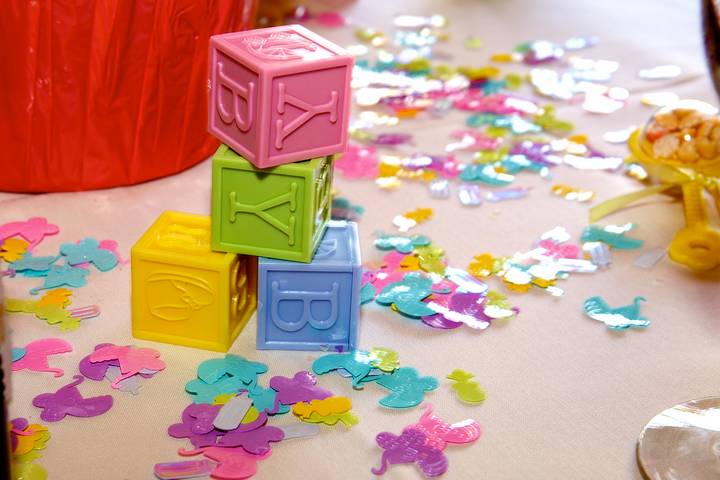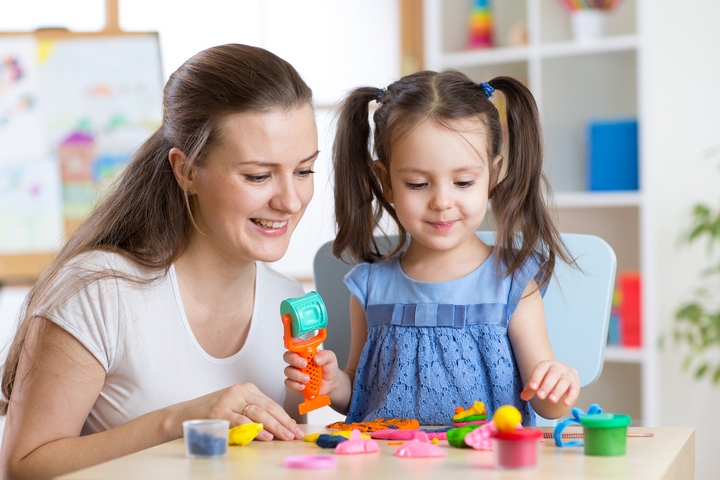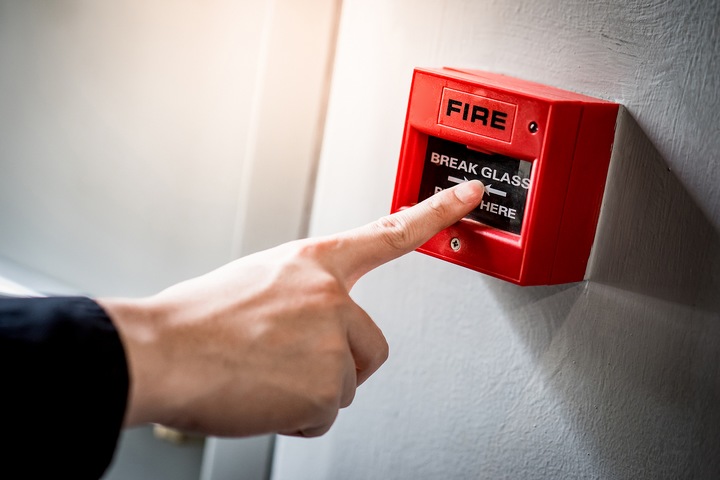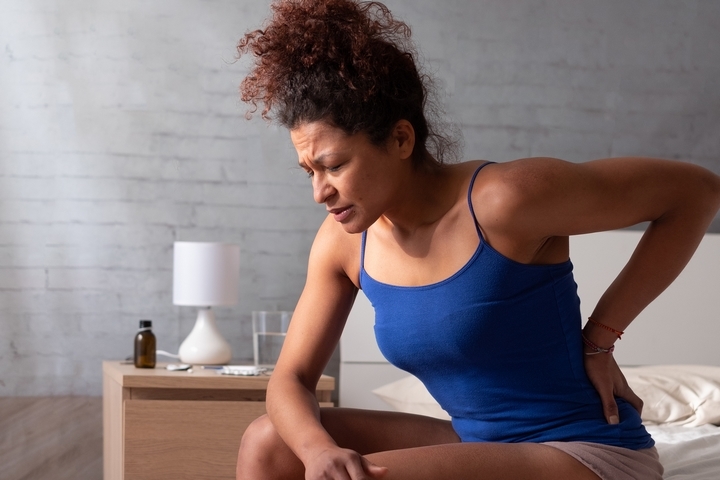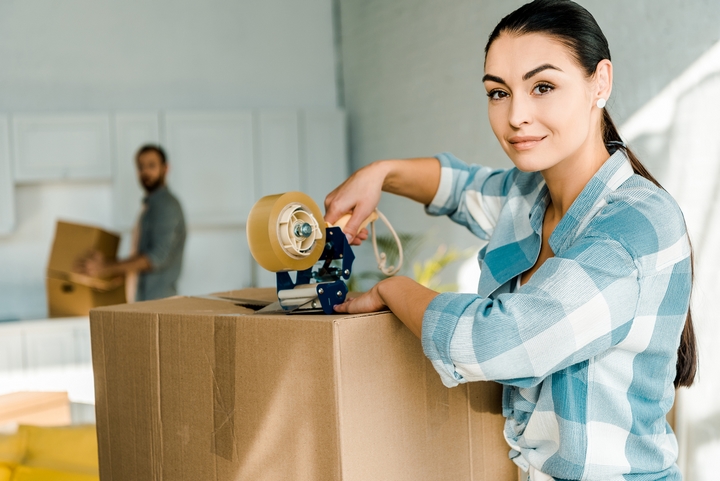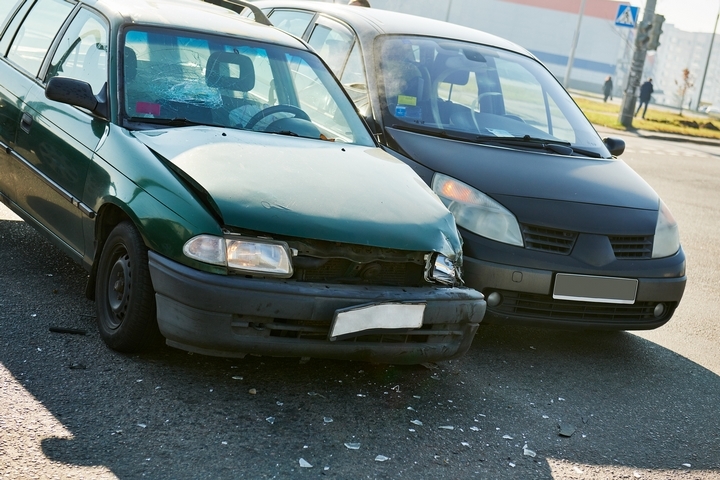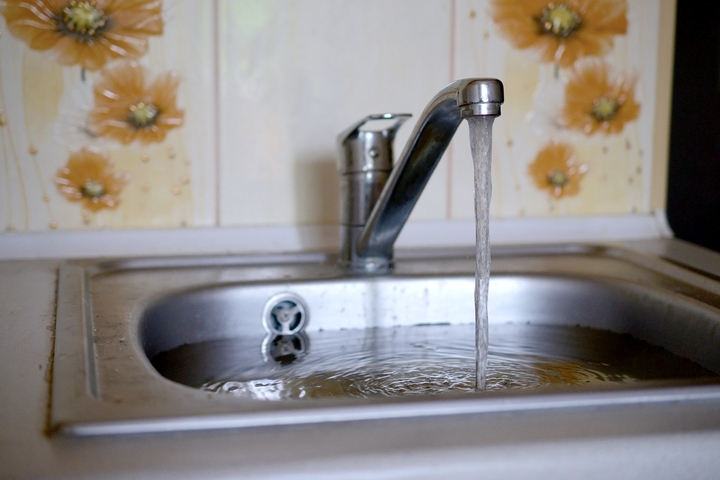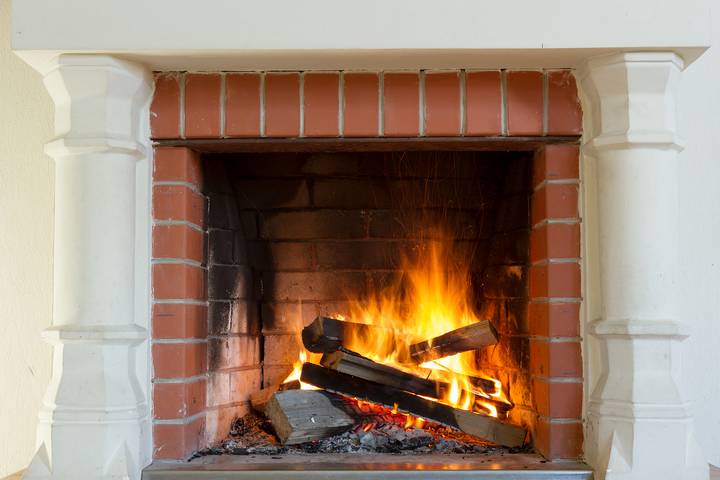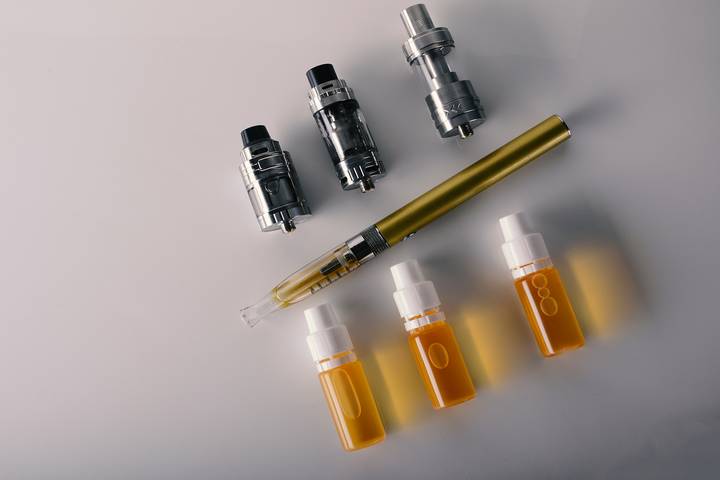When you have children, you should expect to have some sleepless nights. Otherwise, everything else should be smooth sailing at that point. However, when your child starts to crawl and then walk, you might say that the tough parenting work begins. You will need to child-proof your entire house to ensure no harm comes to your curious child as they grow.
As a parent, remember that your child totally depends on you, so it is important to practice and promote safety at home for kids. Here are eight ways you can promote safety for your younger children and the older ones as well. Take these steps described below to keep your kids safe.
1. Guard Your Kids Against Scalding
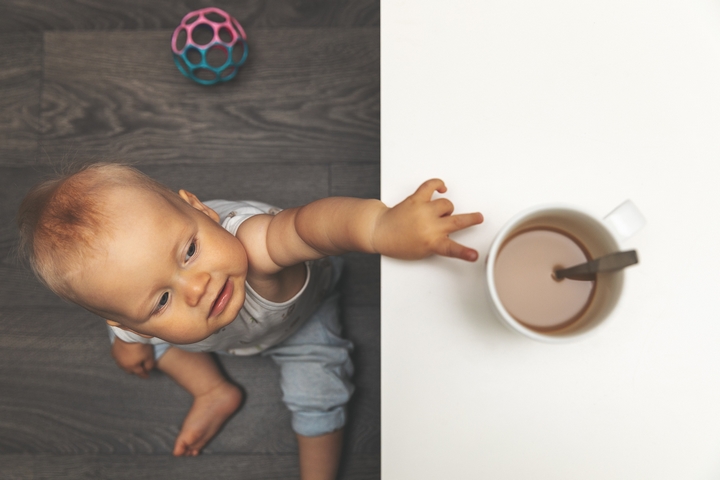
Even more than our own, a kid’s skin is highly susceptible to scalding. Liquid or food that might seem lukewarm to an adult’s skin may cause a lot of harm to a child’s skin. Mostly, children under the age of two are at the highest risk of getting scalded.
Implement safety measures to ensure your child doesn’t get scalded. Before feeding, always check the temperature of the bottle or food, and when it’s time to take a bath, run cold water first before the hot water. When done using the bathroom, lock the door, so the kids can’t get in there unsupervised. Always be in the room if you have food cooking or water boiling in the kitchen as well.
2. Improve Safety of Windows at Home
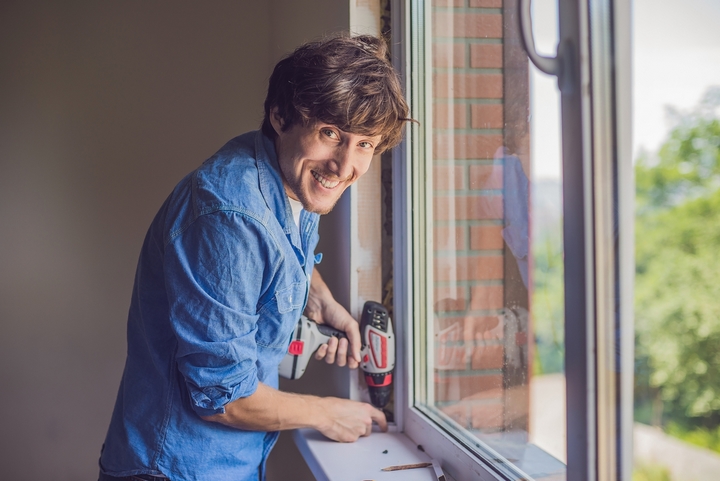
Annually, more than 4,000 kids are taken to hospitals after falling out of open windows. This is why investing in child-proofing gadgets for your windows can be a lifesaver—literally.
For example, you can install window bars that aren’t too wide (not more than four inches apart). However, if you feel that window bars might ruin the design of your house, your best option is to use window stops, which prevent the windows from opening more than four inches wide. Another step you can take is to move all the furniture from the windows, so toddlers can’t step on them to get to the higher windows.
3. Take Safety Measures to Prevent Falls
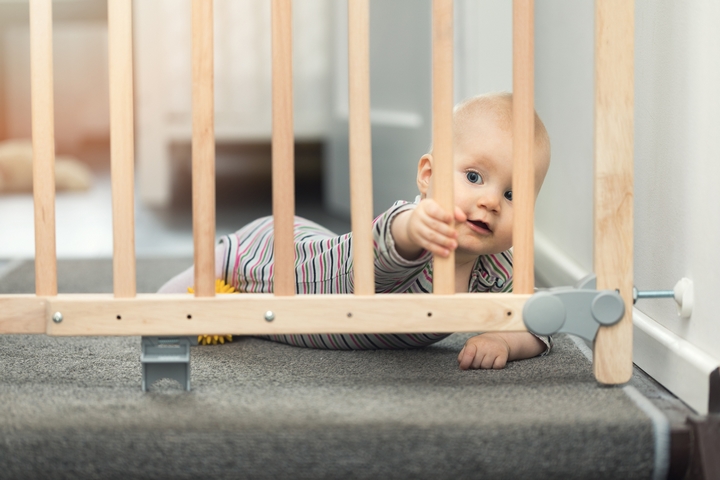
It’s common for kids to fall. You probably have scars from your younger days, too. A bigger fall, however, can be dangerous, especially if your child hits their head.
So, how can you ensure your child doesn’t get injured during a fall while at home? When your child starts to crawl, child-proof your home, especially the edges of tables, balconies, and staircases, among other areas.
For older children, always leave the hall lights on or install a sensor light so they can get to the bathroom without tripping at night.
4. Have a Working Alarm System
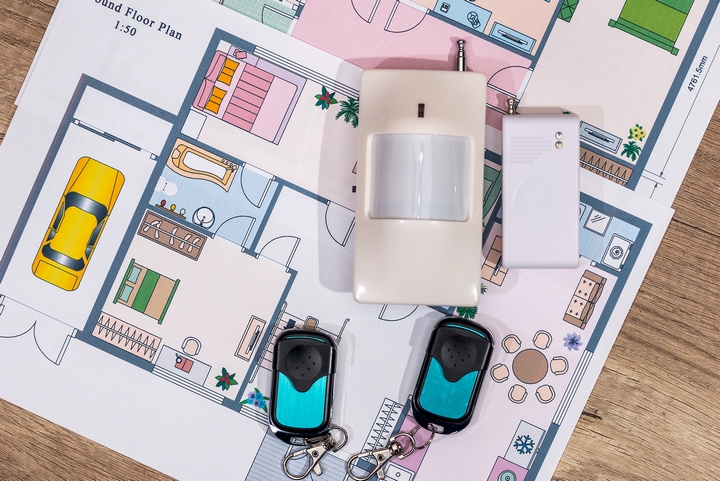
Installing alarm systems on your doors and windows is essential to the safety at home for kids. It ensures that no suspicious activity goes unnoticed. An active alarm system should be audible and capable of sending alerts to a monitoring centre. It’s your responsibility to ensure your older kids know how the alarm system works. Passcodes should be secure and easy for your kids to remember so you can avoid false alarms.
5. Don’t Ignore the Little Things

Your house is full of numerous tiny objects that could be considered choking hazards. At some point in your child’s life, all they’ll want to do is to pick things up from the floor and put them into their mouths. These small dangerous items may include buttons, magnets, earrings, batteries, and other items. To clear such items, regularly clean up and keep tables and areas in reach clear.
6. Install Outlet Covers
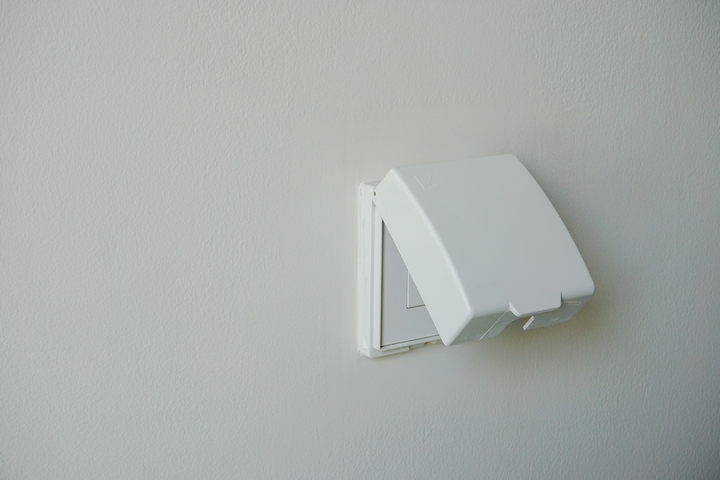
Unfortunately, outlets are dangerous to the safety at home for kids. You never know when their fingers or hair might end up in the outlet holes. For some reason, kids often want to stick tiny objects, including their little fingers, into outlets. If the switch is left on and your child sticks their finger into the hole, they may get electrocuted.
Investing in outlet covers may literally be a matter of life and death. When selecting covers, choose those that can slide open and close, not the cheap plastic inserts that could be a health hazard to your kids if they pop out easily.
7. Get Rid of Items That Could Cause Strangulation or Suffocation
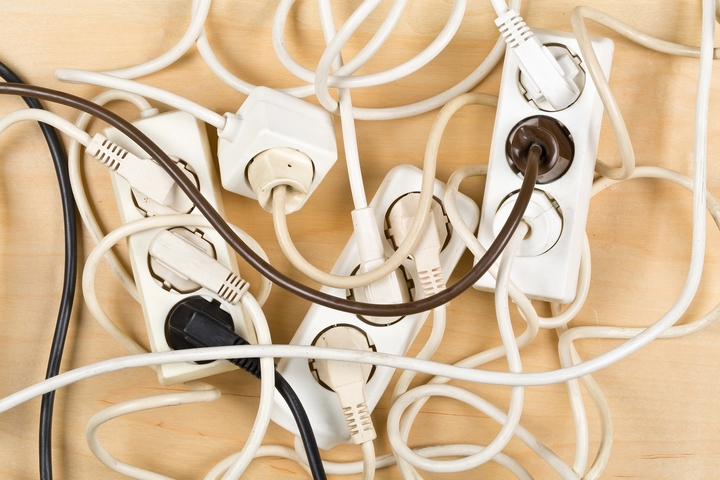
Some items in your home can potentially strangle or suffocate your child. These include soft toys, bedding, blinds, cords, ropes, bags, and packaging. To avoid these hazards, keep the stuffed toys and cushions out of your child’s crib. Also, keep all your plastic bags, strings, and cords away from the reach of your children.
8. Learn how to Administer CPR and First Aid
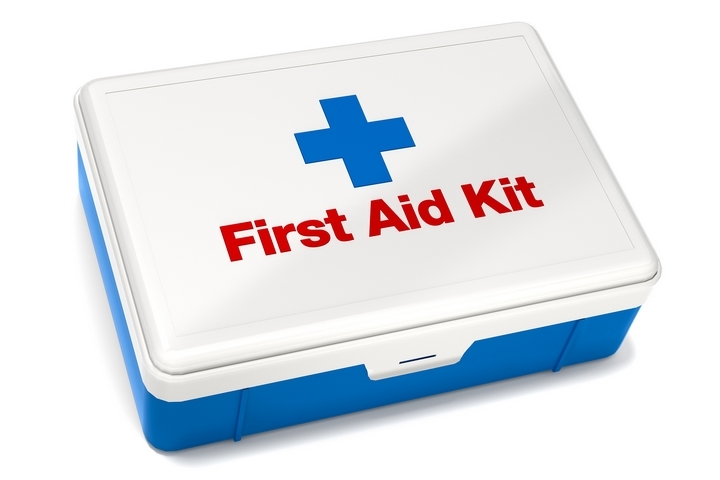
The truth is, accidents occur, no matter how careful we are. In such moments, you need to know what to do to save the life of your child. To make sure you’re prepared for such an eventuality, enroll in a first-aid and CPR class. Luckily, several organizations provide this sort of training.
It’s important to keep a first-aid kit in your home, too. The kit should be adequately stocked with non-expired supplies that may be needed in case of an accident.
